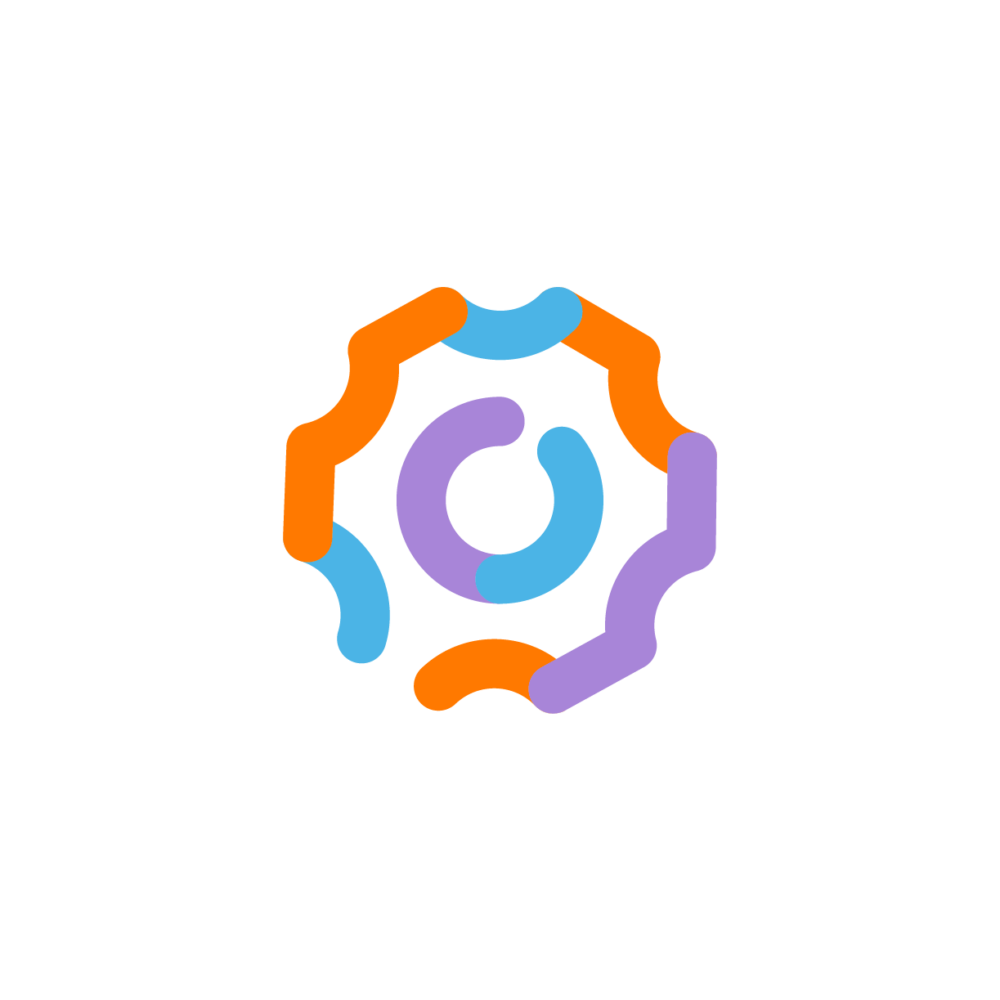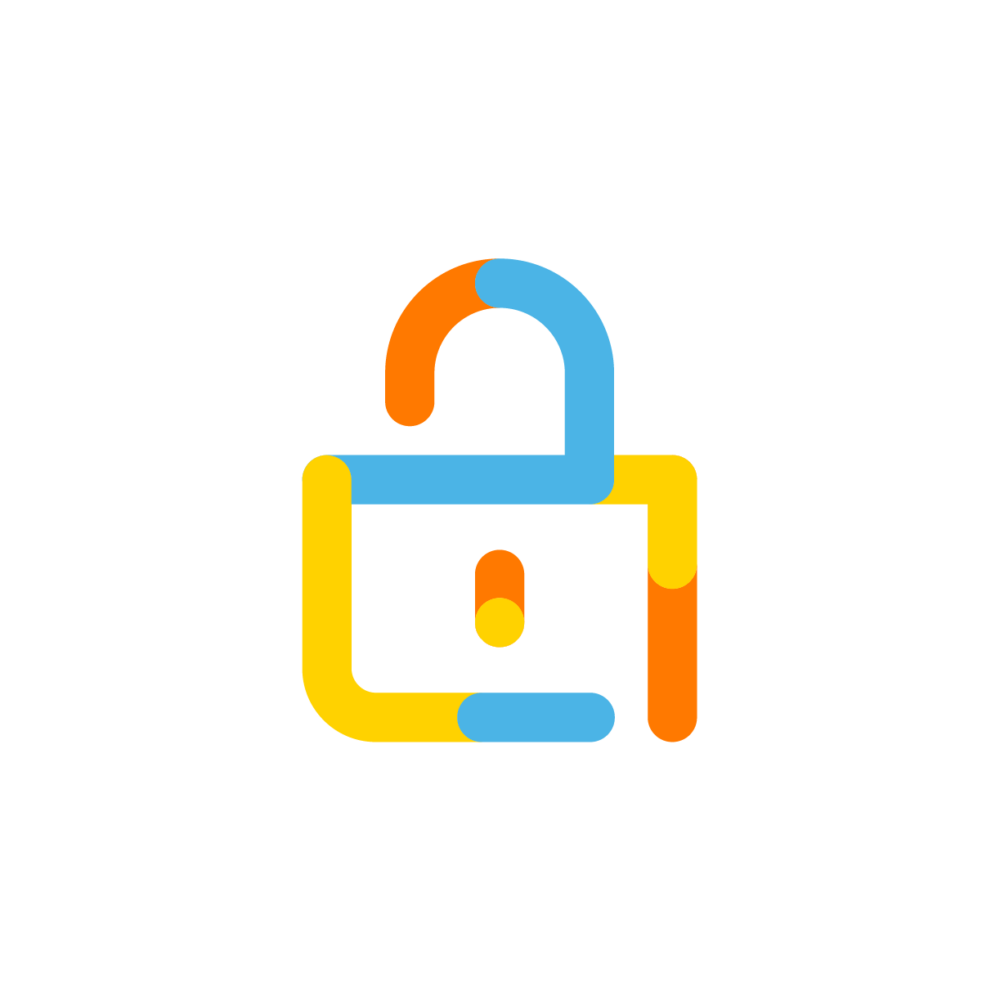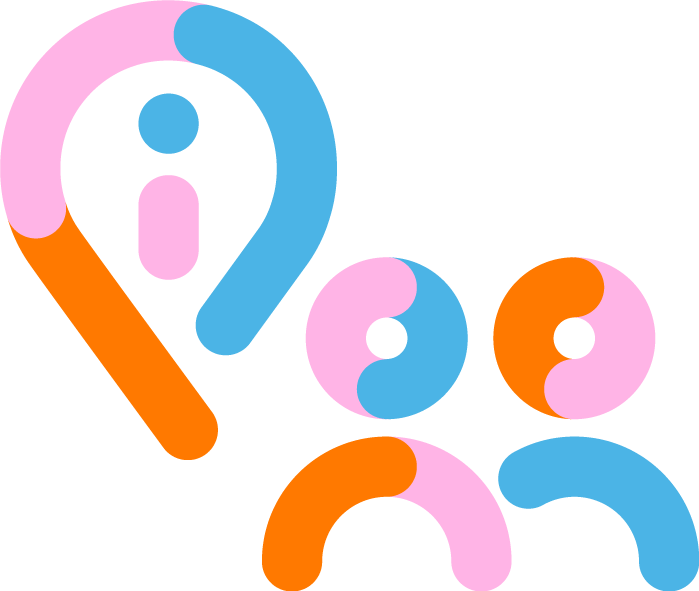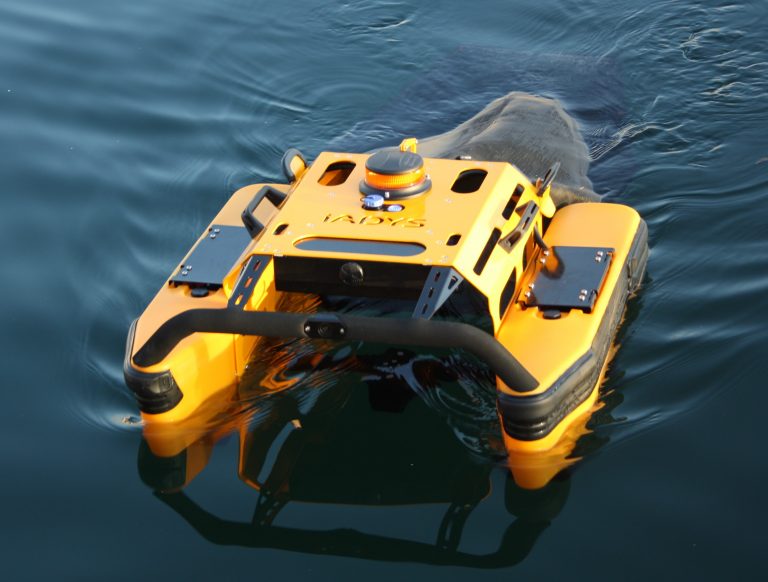Jellyfishbot : Iadys water decontamination robot
Waste collection and data gathering:
IADYS’ water decontamination robot becomes more functional with 5G!
Even though it is currently on the market without 5G, IADYS’ Jellyfishbot – a small marine waste collection boat – has already accurately mapped out its future in 5G. How? Thanks to the support of Orange 5G Lab and the 5G tests that the company was able to carry out in the port of Marseille and the Orange 5G Lab.
Today, the water decontamination robot is also operational in the port of Le Havre, where Orange has just announced the arrival of 5G.
IADYS experimented 5G!

Activity

Solution

Uses

Expectations
– Better autonomy of the robot so that it can steer itself and recognize waste.

Advantages of 5G
– Optimal speed that allows real-time feedback (from the robot to a client’s server).
– Lower risk of interference when the robot navigates between boats.
When in a harbor, the Jellyfishbot must behave like one of the garbage it seeks to collect. In other words, it has to sneak in everywhere, including under the docks and between the hulls of boats. These are areas where the operator, equipped with his remote control, no longer has any visual control over the robot. Under these conditions, it is difficult to clean a port quickly enough to prevent waste from being washed out ashore. To overcome this problem, IADYS has installed a camera on the front of its boat. The only drawback? In 4G, the image was not of good quality and showed a significant latency. IADYS then tried to bring up images in HF (High Frequency) via the remote monitoring technology . Again, the image quality was not sufficient and could even be disturbed when other boats encompassed the Jellyfishbot in a port. The start-up then turned to 5G!

« During the first 5G test, we uploaded the low-definition video stream from the robot’s front camera as well as a map of the 5G coverage of the Vieux Port (old port) of Marseille, » explains Silvain LOUIS, R&D engineer at IADYS. « With Orange 5G Lab’s support, we then managed to improve the user experience by uploading a high-definition video stream from the front camera and the remote steering to a 5G smartphone. With this configuration, the user no longer needed to be close to the robot to control it. »

Orange 5G Lab working alongside innovative companies to define the most relevant use cases.
Several working sessions with Orange 5G Lab allowed IADYS to clarify their needs, prepare the tests in 5G and integrate it within the existing product.
A word from
the Orange 5G Lab team
« When we start working with a company, they usually have an initial idea about how they will use 5G. Each trial then opens up new opportunities and allows us to map out a usage path gradually. This, therefore, requires several visits to the Orange 5G Lab and leads to various product developments and evolutions. In practice, it is about how 5G can integrate an existing product and the improvements that this will bring. It is also about evaluating the developments that will have to be done to ensure the integration of 5G. In the case of IADYS, this groundwork allowed us to define the importance of adding a high-quality camera on the front of the boat, a 5G connection module, waterproof protection… Together, we validated certain use cases and discarded those on which 5G was not going to have any impact. » » Julien Peraudeau, Orange 5G Lab project manager.
A connectivity in line with the new needs of IADYS customers
When IADYS talked to its customers about its 5G experience, they quickly suggested new use cases. For harbor managers, for example, the Jellyfishbot would be a perfect tool for real-time water level data, in addition to its regular duties.

« The contribution of 5G makes it possible to transform the Jellyfishbot robot into a connected object. This gives it the ability to upload information (water quality or bathymetric data) to the harbor master’s office server, for example. As for data management in 5G, it is worthwhile since it allows the transfer of a large amount of data while maintaining the quality of service on sensitive information such as steering.»
Silvain LOUIS, ingénieur R&D engineer and Doctor of Robotics.


5G brings up more autonomy and remote monitoring
5G has proven to be particularly useful for the autonomous version of IADYS’ Jellyfishbot. While this new robot can pick up waste in the water autonomously, it sometimes needs the action of a user to get out of certain situations. In this case, 5G allows the operator to take advantage of near-real-time remote control and quickly regain control of the autonomous robot. Moreover, « a 5G connection allows the Jellyfishbot to interface with remote services, giving it computing power that would not be available directly on the robot, such as visual waste recognition, » says the IADYS R&D engineer.
Use cases, functionalities, or practicality… 5G will enable the start-up to increase the potential of its cleaning robot tenfold, particularly with the new use cases identified with Orange 5G Lab. Not to mention all those that are yet to be discovered alongside its customers!